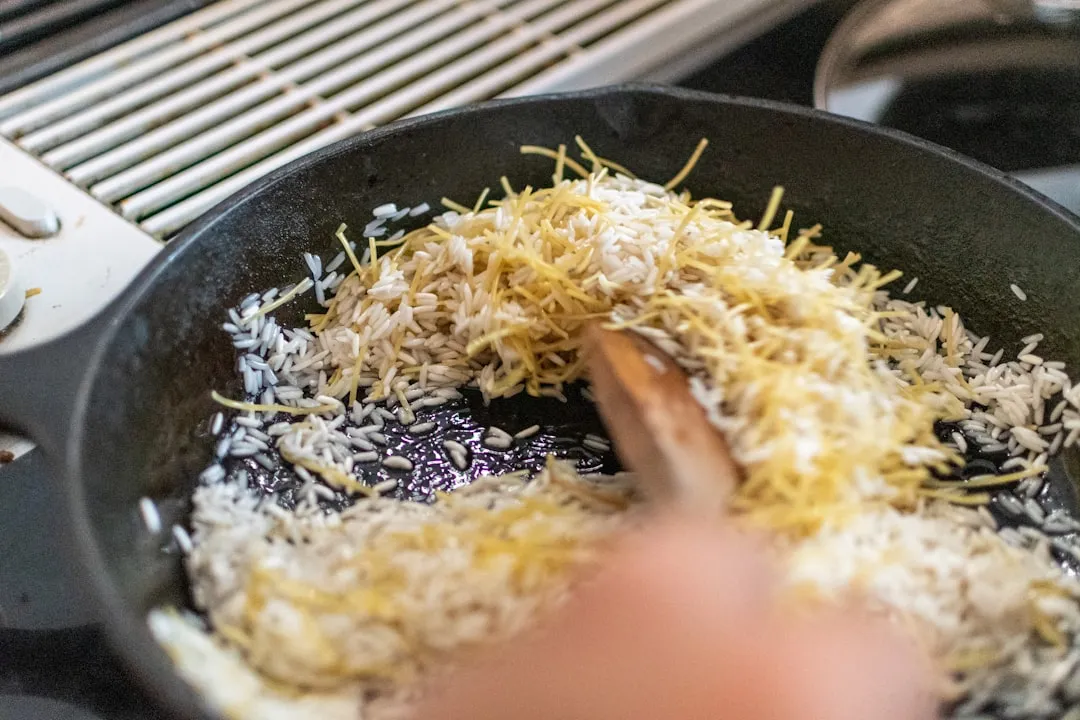Editor's Note: The claims by Vani Hari which were originally detailed in the article below about azodicarbonamide were unscientific in nature. This article has been updated to reflect that and provide more scientific context on the issue.
Earlier this month, Vani Hari of Food Babe called out Subway for using azodicarbonamide (ADA), a chemical found in yoga mats, shoe soles, and synthetic leather. The ingredient is used as a bleaching agent in flour and dough conditioner in North America, even though it's banned in many other countries.
Now, researchers at the Environmental Working Group have found that ADA is present in 500 other food products manufactured by over 130 brands. Even if you don't eat at Subway, the chances you've eaten something containing this "yoga mat chemical" are pretty high.
Is ADA in Food Bad for You?
ADA has been linked to respiratory issues by the World Health Organization and the U.K. Health and Safety Executive in workers working with the chemical in plants.
In the United States, ADA has been approved in limited quantities by the FDA. As long as manufacturers use less than 45 parts per million, they are permitted to include the chemical in their products. While the FDA does not consider ADA to be toxic at this concentration, it has not been extensively tested for its effects on human health.
What Other Food Products Contain ADA?
Most of the foods containing ADA are bread products, since it's primarily used in flour. Chances are you already have some of these products in your home. Below are just a few of the most popular brands and items from the list:
- Ball Park hot dog buns and sliders
- Fleischmann's baking mixes
- Great Value hot dog buns and sandwich bread
- IHOP French toast breakfast sandwiches
- Jimmy Dean breakfast sandwiches
- Kroger brand bread and hamburger buns
- Marie Callender's croissants
- Nature's Own sandwich bread, bagels and hot dog buns
- Pillsbury Toaster Strudels, breadsticks and pizza crusts
- Sara Lee sandwich bread, bagels, and hot dog and hamburger buns
- Smucker's Uncrustables
- Sunbeam sandwich bread, hot dog buns and Texas Toast
- Wonder sandwich bread and hot dog buns
You can find the full list of almost 500 products on the EWG report.
Are Worries About ADA Valid?
"This is the worst example of pseudoscientific fearmongering I have seen in a while, and that's saying something," Stephen Novella of blog wrote in a blog post about Hari's claims against Subway and ADA.
Novella explains that the safety issues that Hari is so worried about are specifically issues for "people working in factories where ADA is used as a blowing agents and who therefore might get direct exposure to the aerosolized chemical. This has absolutely no relevance for the risks of its use in making bread."
In conclusion, Novella writes, "She has collected a group of factoids that superficially appear scary, but do not relate to the risk of ADA as used in bread. They are designed to mislead and to stoke fears based upon scientific misunderstanding.
"She also pulls the common scam of linking to references to support her claims, but not fairly representing what those references actually say."
Stay wary, Food Hackers, and beware the Food Babe's claims.




























Comments
Be the first, drop a comment!